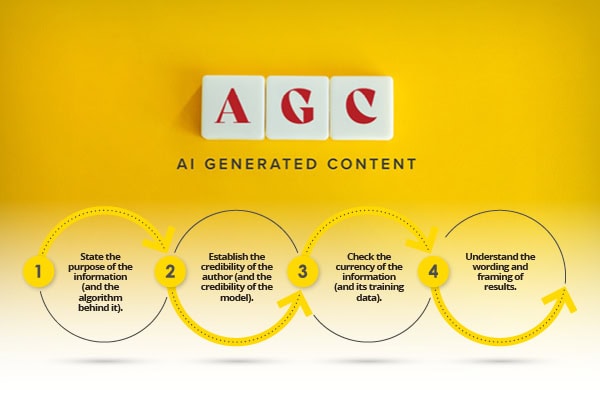Educators generate and collect student Individualized Education Program (IEP) data daily for students with an identified disability, according to eSchool News.
Because of the number of stakeholders involved in the IEP development and implementation, student data sets may exist in case files, spreadsheets or several software programs.
Some school leaders house their data in systems where IEP information can be ingested, disaggregated, and managed in a way that paints a clear picture. But many leaders need more time, better processes, and the appropriate tool to manage data in a way that reveals critical insights.
Technology can bring together years of student IEP-related data, allowing educators to understand better both how to serve individual students and where their programs are making a difference.
Educators set goals with students and families annually and then collect information supporting those goals in different ways throughout the year. Ideally, goals and plans vary from year to year.
This personalization and fine-tuning create a challenge for reviewers determining whether or not students are demonstrating measurable progress in a given area. Processes for understanding the educational benefit of a particular IEP vary widely, and in many cases include educators printing out IEPs, collecting service records, achievement and behavioral data, and lining them up side-by-side to evaluate whether students made meaningful gains towards their goals. This and other processes are time-consuming and leave too much room for variability, oversight, and error.
By moving spreadsheets, forms, and other information to one web-based platform, districts can significantly streamline data collection and monitor multiple data types over several years. Educators can better evaluate student IEPs within a consistent framework. District leaders can determine whether the services students receive match their needs. A data-driven approach to individual IEP development and review, leaders can aggregate IEP data to look at ways they can better serve students with disabilities as a whole, with the aid of certain systems.
Beyond providing a view of special education services from a compliance and project management perspective, beginning in early 2024, the right platform will show the educational benefit to students provided by participating in a program. These platforms can include a heat map that helps leaders look at patterns that may emerge across the district.
A heat map analysis quickly shows leaders where they’re succeeding and falling short. They can see if they’re matching services to students’ needs or making progress from year to year in a specific school, grade or within a particular student group. District leaders can adjust programs and reallocate their budgets using data-driven information to address the areas that require the most attention.
By investing in technology locally, district leaders can support their states’ IDEA process – in which school districts must provide a free appropriate public education (FAPE) to kids with disabilities. And these kids must learn side by side with peers as much as possible and empower their special education leadership to get the information needed to inform student and programmatic improvements. Educators can then shift their focus from compliance and record keeping to improving student outcomes.
eSchool News





